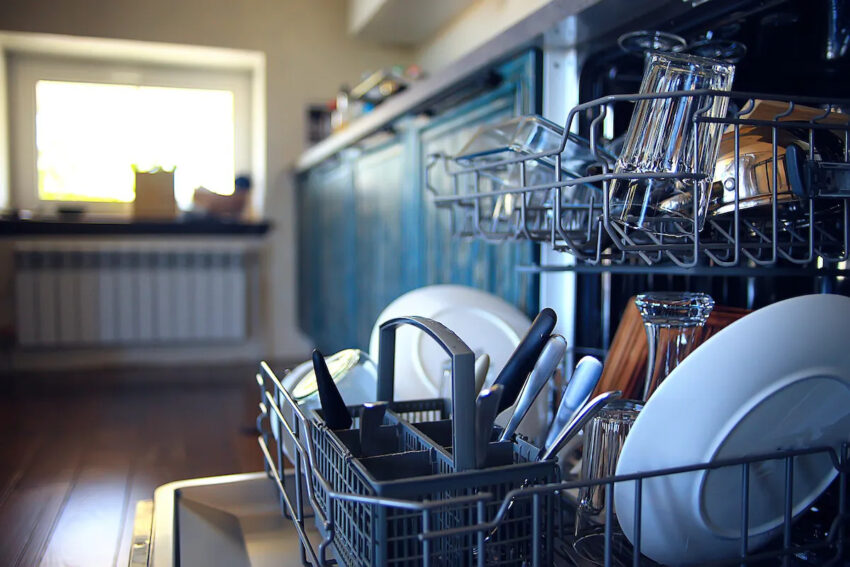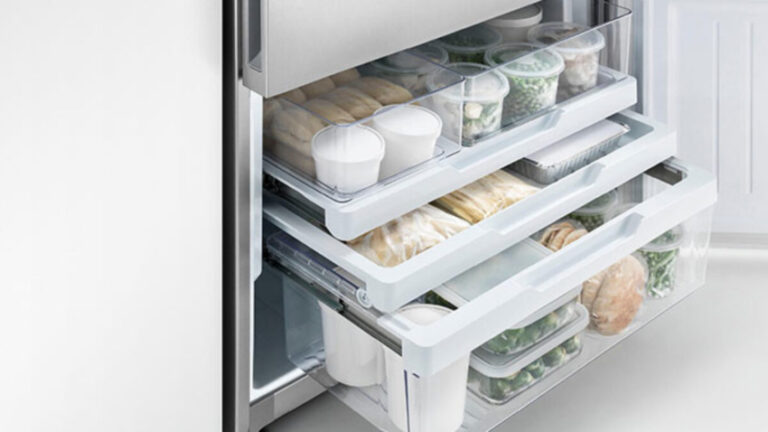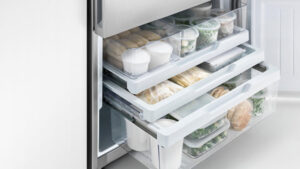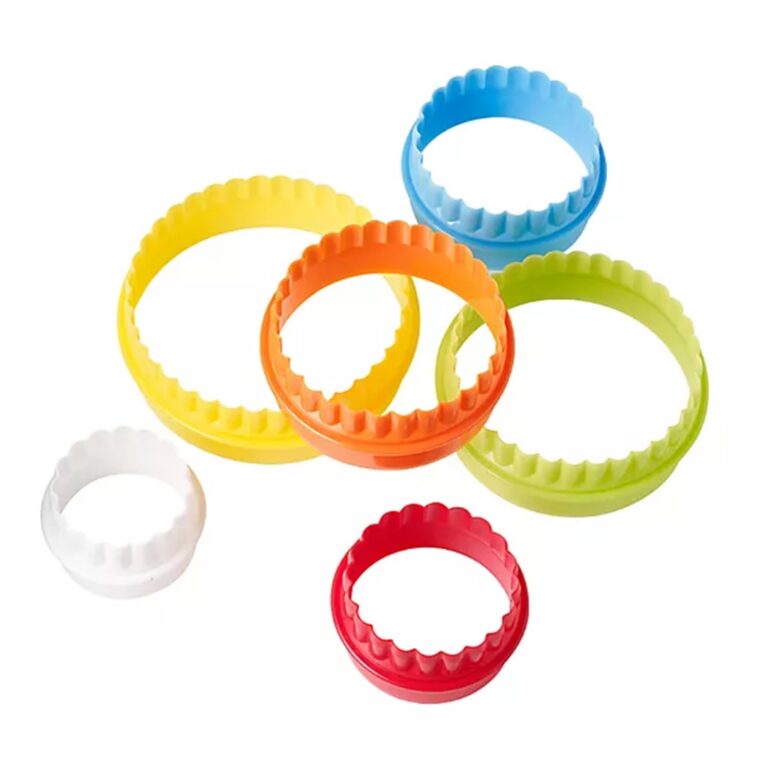Dishwashers have become an indispensable appliance in modern kitchens, making the task of cleaning dishes quick and convenient. However, one frustrating issue that many homeowners encounter is a dishwasher leaking underneath. Not only can this cause water damage to your kitchen floor, but it can also be a sign of potential problems within the dishwasher itself. In this article, we will explore the common causes of dishwasher leaks underneath and provide practical solutions to address them.
Understanding the Dishwasher Leaks Underneath Issue
When a dishwasher leaks underneath, it indicates that water is escaping from the appliance instead of remaining contained within the designated areas. This leakage can be due to various factors, including faulty components, damaged seals, or improper installation. It is essential to identify the cause of the leak to prevent further damage and ensure the efficient functioning of your dishwasher. If the dishwasher is leaking into the basement, the situation becomes even more critical as it can lead to water damage and potential structural issues. Therefore, addressing the issue promptly and seeking professional assistance to resolve the problem is crucial to prevent any further complications, especially when dealing with dishwasher leaking into basement.
Common Causes of Dishwasher Leaks
Faulty Door Seal
A faulty door seal is one of the primary culprits behind dishwasher leaks. Over time, the rubber seal around the dishwasher door can deteriorate or become damaged, compromising its ability to create a watertight seal. This can result in water seeping out during the wash or rinse cycles and pooling underneath the appliance.
Damaged Water Inlet Valve
The water inlet valve controls the flow of water into the dishwasher. If this valve becomes damaged or develops a defect, it can lead to leaks. A worn-out or malfunctioning valve may allow excess water to enter the dishwasher, causing it to overflow and leak onto the floor.
Clogged Drainage System
A clogged drainage system can disrupt the normal flow of water within the dishwasher, leading to leaks. When the drainage system becomes blocked with food debris, grease, or other obstructions, water can accumulate and spill out of the appliance. Regular cleaning and maintenance of the drainage system are essential to prevent clogs and subsequent leaks.
Loose or Damaged Hose Connections
Dishwashers have hoses that connect to the water supply and drainage system. If these connections are loose or damaged, they can result in leaks. Vibrations during the dishwasher’s operation or accidental tugging on the hoses can cause them to become dislodged or develop cracks, leading to water leakage.
How to Identify a Dishwasher Leak
Identifying a dishwasher leak is crucial to determine the underlying cause and apply the appropriate solution. Look out for the following signs of leakage:
- Puddles or pools of water underneath or near the dishwasher.
- Wet cabinets or moisture damage around the dishwasher area.
- Dampness or water stains on the kitchen floor.
- Unusual or excessive noise during the dishwasher’s operation.
- The presence of mold or mildew smells near the dishwasher.
Steps to Diagnose and Fix Dishwasher Leaks
Inspect the Door Seal
Start by examining the condition of the door seal. Look for any cracks, tears, or signs of wear. If you notice any damage, replace the door seal with a compatible replacement part. Ensure that the new seal is properly aligned and securely attached.
Check the Water Inlet Valve
Inspect the water inlet valve for any visible signs of damage or leakage. If you notice any issues, such as cracks or leaks, replace the faulty valve. Consult the dishwasher’s user manual or seek professional assistance if needed.
Clean the Drainage System
Remove any debris, food particles, or blockages from the dishwasher’s drainage system. Check the dishwasher filter and clean it thoroughly. Regularly cleaning the filter and removing any obstructions will help maintain proper drainage and prevent leaks.
Tighten or Replace Hose Connections
Inspect the hose connections to ensure they are tightly secured. If you notice any loose connections or damaged hoses, tighten them or replace them if necessary. Use proper tools and follow the manufacturer’s instructions to avoid causing further damage.
Preventive Measures to Avoid Dishwasher Leaks
Taking preventive measures can significantly reduce the likelihood of dishwasher leaks. Follow these guidelines to maintain a leak-free dishwasher:
- Perform regular maintenance and cleaning of the dishwasher, including cleaning the filter and removing debris.
- Use the dishwasher properly, avoiding overloading and ensuring dishes are arranged correctly.
- Verify that the dishwasher is installed correctly, with proper leveling and secure connections.
When to Seek Professional Help
While many dishwasher leaks can be resolved through DIY methods, certain situations may require professional assistance. If you are unsure about identifying or fixing the problem, or if the leak persists even after attempting the suggested solutions, it is advisable to contact a qualified appliance repair technician. They have the expertise and tools to diagnose and fix complex issues.
Conclusion
Dealing with a dishwasher that leaks underneath can be frustrating and potentially damaging to your kitchen. By understanding the common causes of dishwasher leaks and following the suggested solutions, you can address the issue effectively. Regular maintenance, proper usage, and prompt attention to leaks will help keep your dishwasher in optimal condition, ensuring a hassle-free dishwashing experience.
You may like to read ADDING A LITTLE KICK: HOW TURMERIC COMPLEMENTS RAW FRUITS














